Partner: Alaska Fisheries Science Center
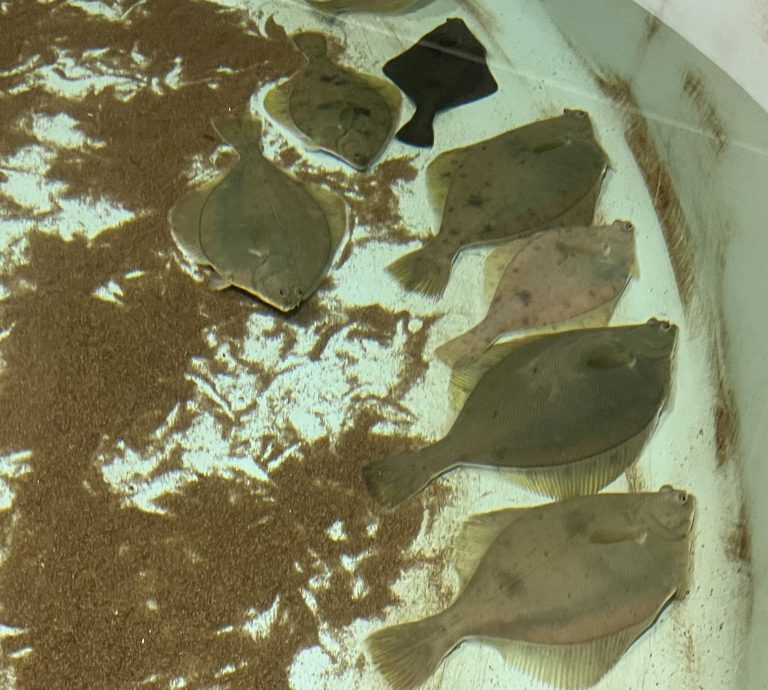
Effects of OA on Alaskan and Arctic fishes: physiological sensitivity in a changing ecosystem Why we care
There is significant concern about ocean acidification disrupting marine ecosystems, reducing productivity..
There is significant concern about ocean acidification disrupting marine ecosystems, reducing productivity..
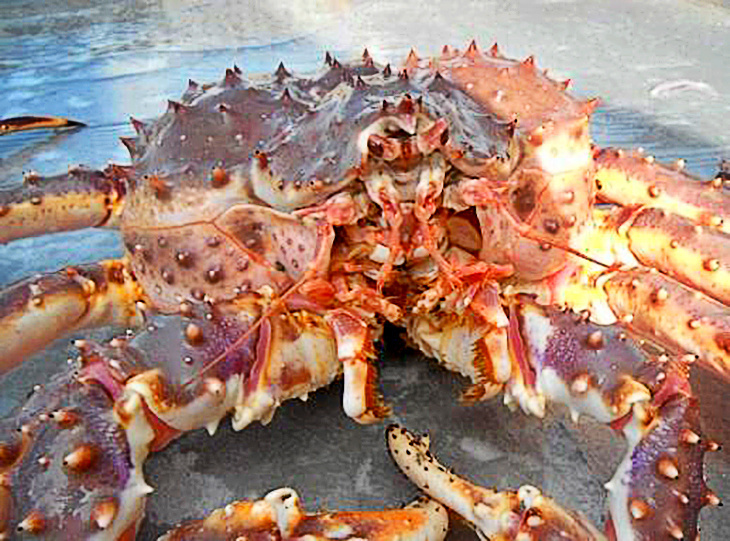
- PI(s): Chris Long
- Fiscal Year Funded: 2021
- Partners: Alaska Fisheries Science Center
Effects of predicted changes in ocean pCO2 and interactions with other stressors on the physiology and behavior of commercially important crabs in Alaska Why we care
Ocean acidification..
Ocean acidification..
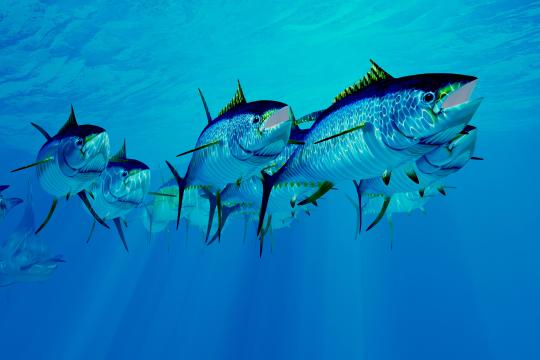
Forecast effects of ocean acidification on Alaska crab and groundfish fisheries Why we care
Ocean acidification (OA) is a multi-disciplinary problem that requires a combination of methods from oceanography,..
Ocean acidification (OA) is a multi-disciplinary problem that requires a combination of methods from oceanography,..
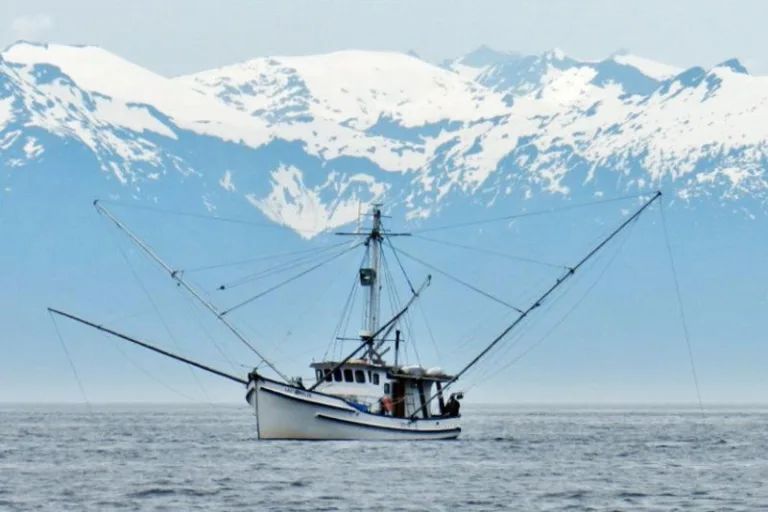
- PI(s): Tom Hurst
- Fiscal Year Funded: 2021
Evaluating ocean acidification vulnerability and interactions among traditional and coastal Alaska industries Why we care
Many marine species affected by ocean acidification (OA) contribute to Alaska’s highly productive commercial..
Many marine species affected by ocean acidification (OA) contribute to Alaska’s highly productive commercial..
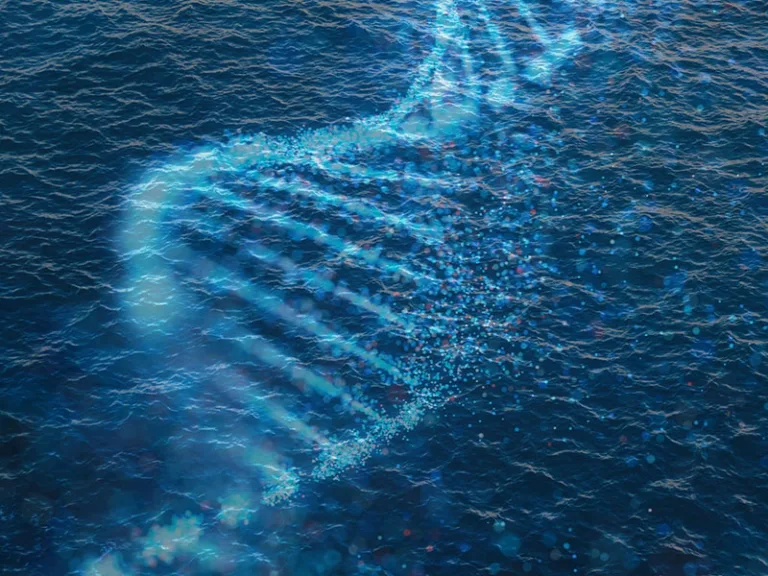
Using next-generation sequencing techniques to assess adaptive capacity and illuminate mechanisms underlying the effects of high pCO2 on Alaskan crab and fish species Why we care
Many economically important..
Many economically important..
Deep-sea corals are widespread throughout Alaska, including the continental shelf and upper slope of the Gulf of Alaska, the Aleutian Islands, the eastern Bering Sea, and extending as far north..
This OAP project represents the first contribution of OAP to sustained coastal Alaska OA monitoring through three years (2015-2017) of maintenance of two previously established OA mooring sites located in..
- PI(s): Tom Hurst
- Fiscal Year Funded: 2010
- Partners: Alaska Fisheries Science Center
To date many studies of the effects of ocean acidification on fishes have suggested that fish are somewhat resilient to effects on factors such as growth and survival. However, these..
The aim of this project was to forecast effects of ocean acidification on the commercially important Alaska crab stocks including the Bristol Bay red king crab (BBRKC) fishery, which is..
In 2010 and 2011, Alaska Fisheries Science Center (AFSC) scientists at the Kodiak Laboratory in Alaska tested the effects of lower pH due to increased carbon dioxide (CO2) on the..


